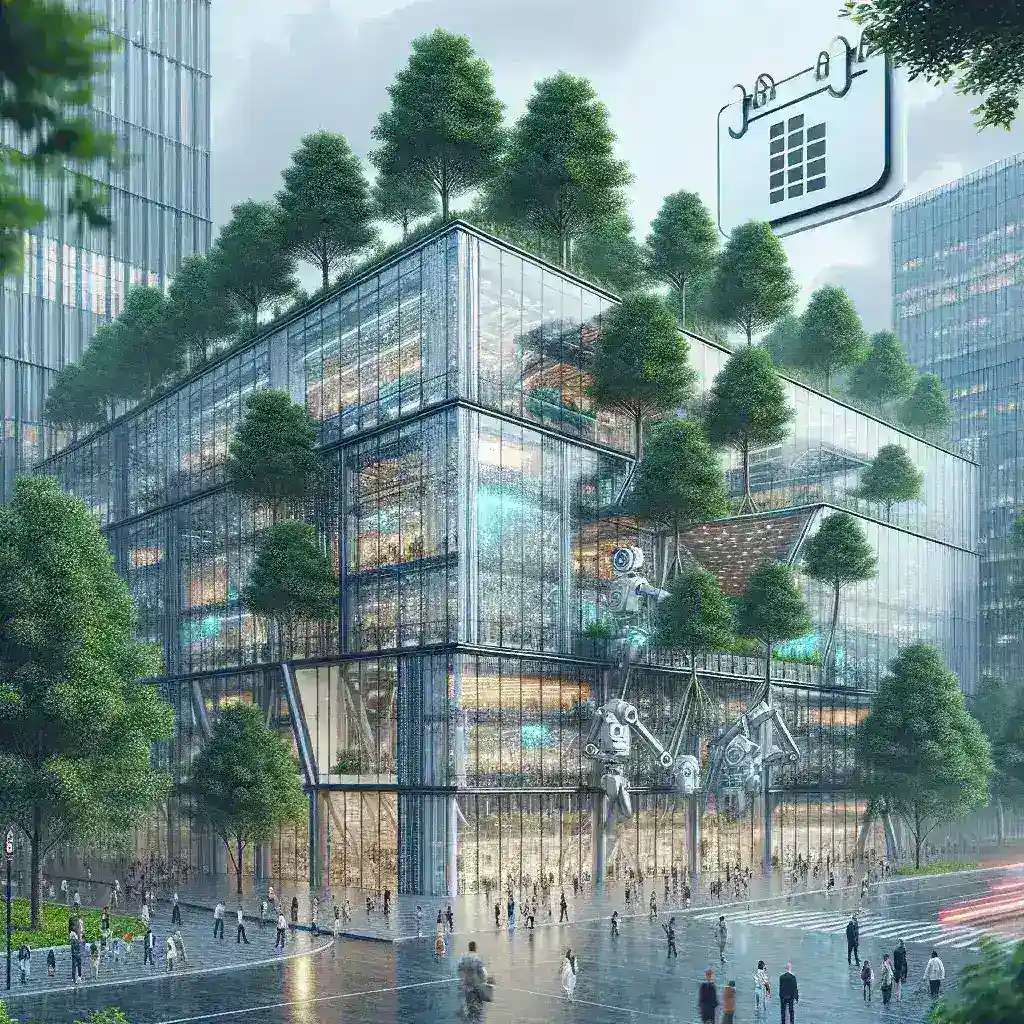Introduction
This month, Amazon has made headlines by officially opening a cutting-edge AI robotics research and development center in Boston. This initiative is not merely a testament to Amazon’s commitment to innovation but also signifies the growing importance of artificial intelligence and robotics in various sectors. In this article, we will delve into the details surrounding this monumental event, its historical context, and what this could mean for the future of technology and employment in the region.
The Significance of the R&D Center
Amazon’s new R&D center in Boston is set to be a hub for pioneering advancements in AI and robotics. Boston, known for its rich history in technological innovation, is home to some of the world’s leading universities and research institutions. This location was strategically chosen to foster collaboration between academia and industry, paving the way for groundbreaking discoveries.
A Hub of Innovation
Bostonians are no strangers to cutting-edge technology. With institutions such as MIT and Harvard in close proximity, the city has long been a breeding ground for innovation. The establishment of Amazon’s R&D center further cements Boston’s status as a global leader in technology research. The center aims to develop new robotics solutions that can enhance the efficiency of Amazon’s supply chain and logistics operations.
Employment Opportunities
The opening of this center is expected to create thousands of jobs in the Boston area. Amazon plans to hire engineers, scientists, and researchers specializing in AI and robotics. This influx of talent is not only beneficial for Amazon but will also stimulate the local economy. As new jobs are created, the demand for skilled workers in these advanced fields is likely to rise.
Historical Context
The development of robotics and AI has a rich history, dating back to the mid-20th century. From the earliest mechanical devices to today’s sophisticated algorithms, the journey has been nothing short of remarkable. Amazon’s foray into robotics began in earnest with its acquisition of Kiva Systems in 2012, which marked a pivotal moment in the integration of robotics into its warehouses.
The Rise of AI and Robotics
The rise of AI and robotics can be attributed to several factors, including advancements in computing power, increased data availability, and innovative algorithms. As these technologies continue to evolve, their applications expand into various sectors, from healthcare to agriculture, and now, more prominently, in e-commerce and logistics.
Future Predictions
As Amazon unveils its new R&D center, industry experts predict a surge in AI-powered robotics applications within the next five years. Advances in machine learning, computer vision, and natural language processing will likely lead to the development of robots that can perform complex tasks autonomously.
Transforming the Workforce
While the anticipated advancements are exciting, they also raise important questions about the future workforce. The integration of AI and robotics into various industries will necessitate a shift in skills. Workers will need to adapt to new technologies, and there may be concerns about job displacement. However, history suggests that technological advancements often create new job opportunities alongside the elimination of others.
Pros and Cons of Robotics in Industry
Pros
- Increased Efficiency: Robotics can streamline operations, reducing the time and cost associated with manual labor.
- Enhanced Accuracy: AI-driven robots can perform tasks with precision, minimizing errors and improving product quality.
- Innovation: The development of new technologies fosters innovation, leading to improved products and services.
Cons
- Job Displacement: Automation may lead to job loss in certain sectors, necessitating a workforce transition.
- Initial Costs: The investment in AI and robotics can be substantial, particularly for small to medium enterprises.
- Dependence on Technology: Increasing reliance on robots and AI may create vulnerabilities in operational continuity.
Real Examples
Several companies have already embraced robotics in their operations to great success. For instance, warehouse robots like those used by Amazon and other e-commerce giants significantly enhance order fulfillment efficiency. Furthermore, in the automotive industry, manufacturers like Tesla have implemented robotic arms on assembly lines to increase production rates.
Cultural Relevance
The cultural implications of robotics and AI also warrant discussion. As robots become more integrated into daily life, they raise questions about ethics and human interaction. The perception of robots as labor-saving devices contrasts sharply with concerns over their impact on employment and societal structures. It will be crucial to address these cultural concerns as technology continues to advance.
Conclusion
Amazon’s opening of its AI robotics R&D center in Boston this month represents a significant milestone for the company and the technology sector as a whole. With the potential for job creation, innovation, and advancements in AI and robotics, the future looks promising. However, it is essential to navigate the challenges that come with these advancements thoughtfully. As we stand on the brink of a new era in technology, it is the responsibility of both industry leaders and society to ensure that the benefits of innovation are equitably shared.




Leave a Comment